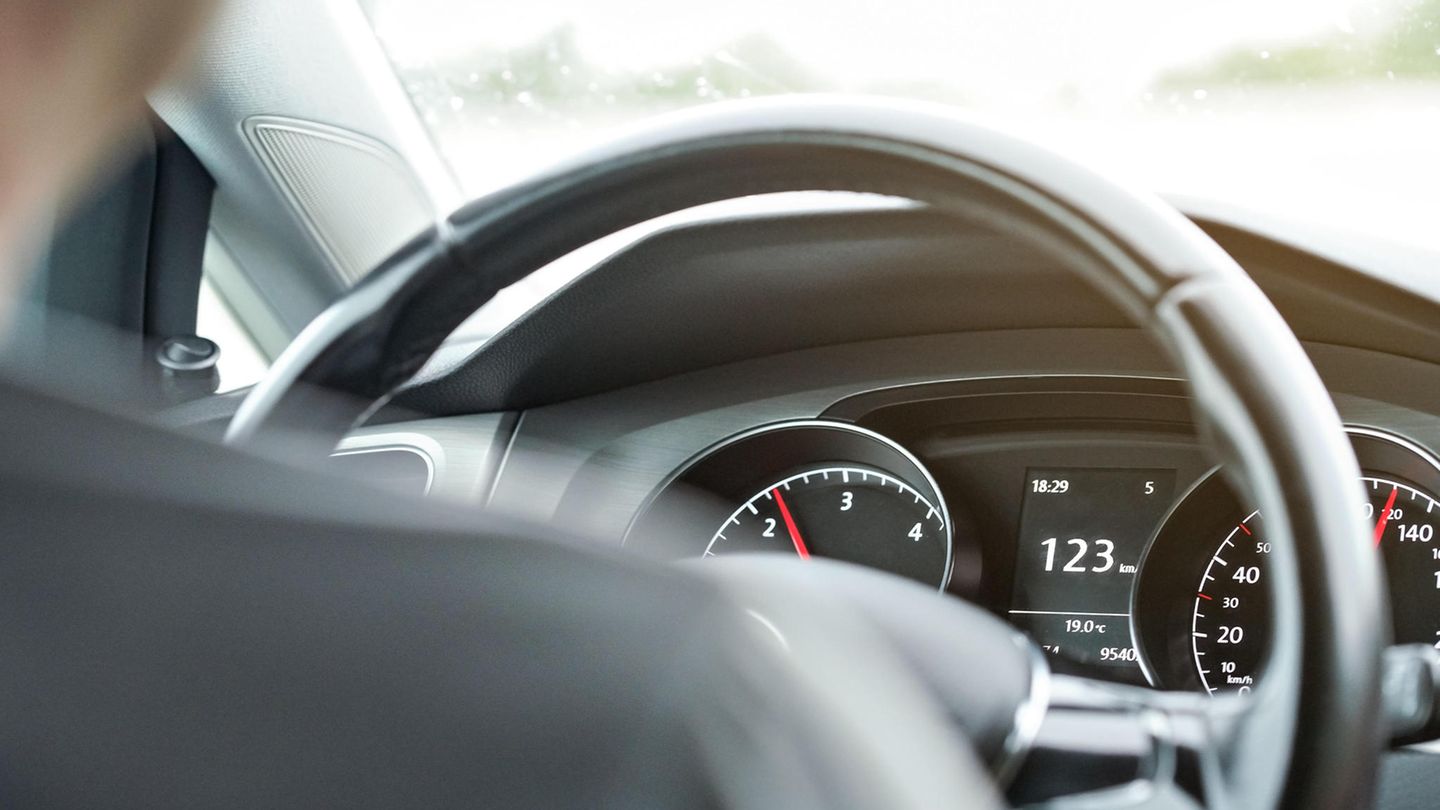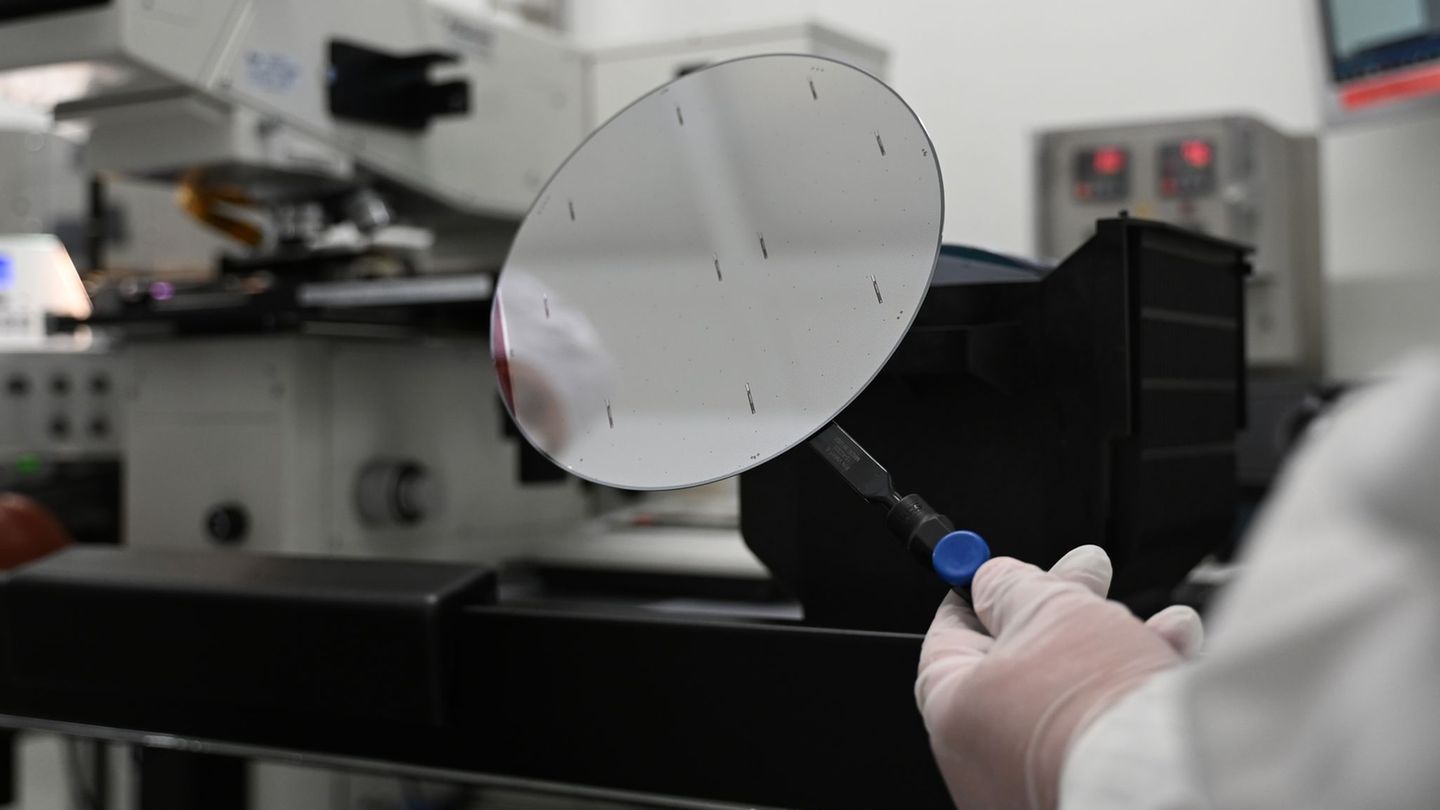New passenger cars are increasingly equipped with safety and driver assistance systems. With a new EU regulation, certain assistants will soon even become mandatory. An overview of which systems these are and how they work.
In order to reduce the number of traffic accidents and at the same time increase road safety, an EU regulation will take effect on July 6, 2022, which will make a large number of driving assistants in new cars mandatory. This means that all new cars must have the assistance systems as standard in order to be approved in the EU. Here is an overview.
emergency braking assistant
The emergency brake assistant recognizes obstacles and automatically brakes the car in a dangerous situation. The system uses radar, lidar and cameras to measure distance and speed – windshield cameras are already installed as standard in cars above the small car class in Germany. The emergency brake assistant in new cars must recognize obstacles and moving vehicles. The system is to be further improved in the future so that cyclists and pedestrians can also be identified. The assistant can be switched off manually, but is reactivated automatically the next time the engine is started.
Lane Departure Warning
The lane departure warning system actively intervenes in vehicle control if there is a risk. Many lane departure warning systems currently work with warning tones, but that will no longer be enough in the future. For example, if the car threatens to leave the lane or encounters oncoming traffic, the system steers strongly. It usually relies on clearly visible lane markings, without which the assistant deactivates itself. A corresponding message is then displayed to the driver in the cockpit. After the next engine start, the system is automatically reactivated. Newer variants, on the other hand, also recognize hard shoulders.
speed assistant
The speed assistant warns the driver if he or she is exceeding the permitted speed. To do this, he throttles the engine power, but does not brake. The system uses the guide values by means of traffic sign recognition and/or navigation systems. The driver can deactivate the assistant manually, but it is reactivated automatically the next time the engine is started.
adaptive break light
Called the emergency brake light or adaptive brake light, other road users are warned of severe braking delays. If you brake normally, the brake lights come on. On the other hand, in the event of emergency braking, where there is a deceleration of more than 6 m/s and the driving speed is more than 50 km/h, the brake lights flash several times per second. If the car is stationary, the hazard warning lights are activated and the brake lights are on continuously.
accident data storage
The so-called event-related data recording saves various driving data shortly before, during and after a collision – as is known from the black box in an airplane. Among other things, the assistant records the speed, braking, position and inclination of the car as well as data from the eCall system. The recorded data remain anonymous. They are not intended to contribute to clarifying who is at fault, but can be made available to national authorities for accident research. The system cannot be deactivated.
fatigue warning
Many cars already record their driver or his/her behavior – such as hectic steering movements or an increasing number of braking operations, but also eye or eyelid movements – in order to detect a possible loss of concentration. If there are signs of tiredness or a drop in concentration, the system uses acoustic or visual signals to remind the driver to take breaks.
reversing assistant
The reversing assistant uses installed sensors and/or cameras to detect pedestrians and obstacles behind the car. Finally, the system warns the driver when reversing to prevent an accident.
Alcohol immobilizer device
There are already systems that only allow the engine to start if the driver has demonstrated his or her sobriety beforehand by taking a breath test. New cars must have such an interface that can be used in the future to attach an alcohol-sensitive immobilizer.
tire pressure monitoring
The tire pressure monitoring system has been mandatory for passenger cars since 2014. Depending on the system installed, it either checks whether the circumference of a tire has reduced or it measures the tire pressure directly. The driver is then informed of the current tire pressure via the display or a warning signal. From this year onwards, commercial vehicles, trucks and buses as well as large truck trailers will also have to be equipped with it.
The EU regulation that comes into force initially affects those cars that were type-approved after the deadline. It therefore applies to newly developed vehicles, i.e. completely new models. In some exceptional cases, however, the EU regulation does not apply for the time being; but from 2024 it will be mandatory for all new cars.
Sources: ,
Source: Stern
I am a 24-year-old writer and journalist who has been working in the news industry for the past two years. I write primarily about market news, so if you’re looking for insights into what’s going on in the stock market or economic indicators, you’ve come to the right place. I also dabble in writing articles on lifestyle trends and pop culture news.




